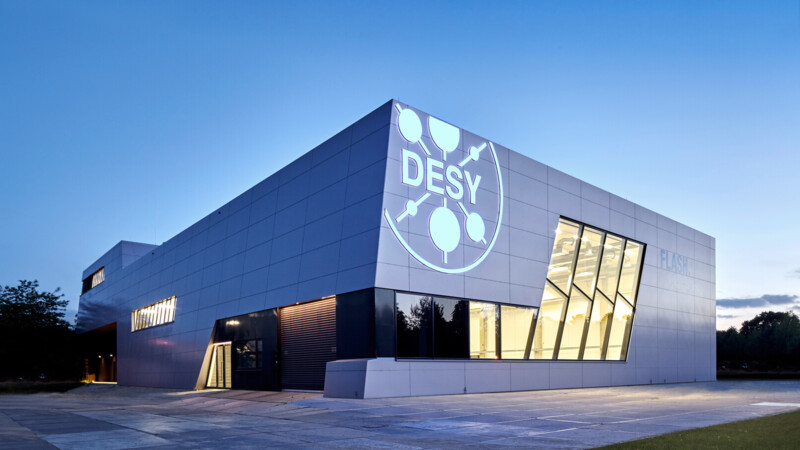"We wanted to use Taylor Swift's concerts to show how the WAVE network works and what conclusions can be drawn from it," said Prof Dr Oliver Gerberding, Professor of Gravitational Wave Detection at Science City Hamburg Bahrenfeld. To this end, the signals of the concerts were recorded in the stadium just two kilometres away in a live stream. "Geophysicists have already measured the waves generated by Taylor Swift concerts in various countries, but Science City has a measurement network with a unique resolution," according to Prof Dr Céline Hadziioannou, Professor of Seismology at UHH. The network's 19 kilometres of fibre optic cable and around 19,000 sensors allow it to measure vibrations and ground movements over long distances.
More than 100,000 fans attended Taylor Swift’s sold-out concerts in Hamburg's Volksparkstadion on Tuesday and Wednesday (July 23, 24). But rapt Swifties were not the only ones following all the goings-on. The pop icon’s concerts have long since sparked the interest of researchers in the "WAVE" network in Science City in Bahrenfeld. The WAVE fibre-optic sensor network allows researchers to listen to vibrations underground literally with thousands of ears. The vibrations generated by enthusiastic Swifties were streamed live during both concerts to test how the network works. Of course, the Swiftquakes are just tiny vibrations, similar to the ground shaking a bit when a big lorry passes nearby. It's the same effect, just caused by lots of happy people dancing.
"WAVE" measuring "Swiftwaves"
Unrivalled infrastructure for geophysics and physics
The "PETRA III" accelerator, the European XFEL X-ray laser and other parts of the Bahrenfeld campus and DESY are also used as measuring stations. Together, they form unique infrastructure for geophysics, physics and large-scale research facilities. "WAVE" can also be used to monitor groundwater content and temperature and for gravitational wave detection experiments as part of the UHH's “Quantum Universe” Cluster of Excellence. The network is co-ordinated by researchers at the University of Hamburg, Helmut Schmidt University and DESY backed by scientists at the European XFEL and the German Research Centre for Geosciences in Potsdam.
fw/mm/pb
Sources and further information
More
Similar articles

Three trends shaking up event sector

DESY and U.S. Discovery Partners Institute become innovation partners

Clusters of Excellence at Hamburg University draw interim balance
